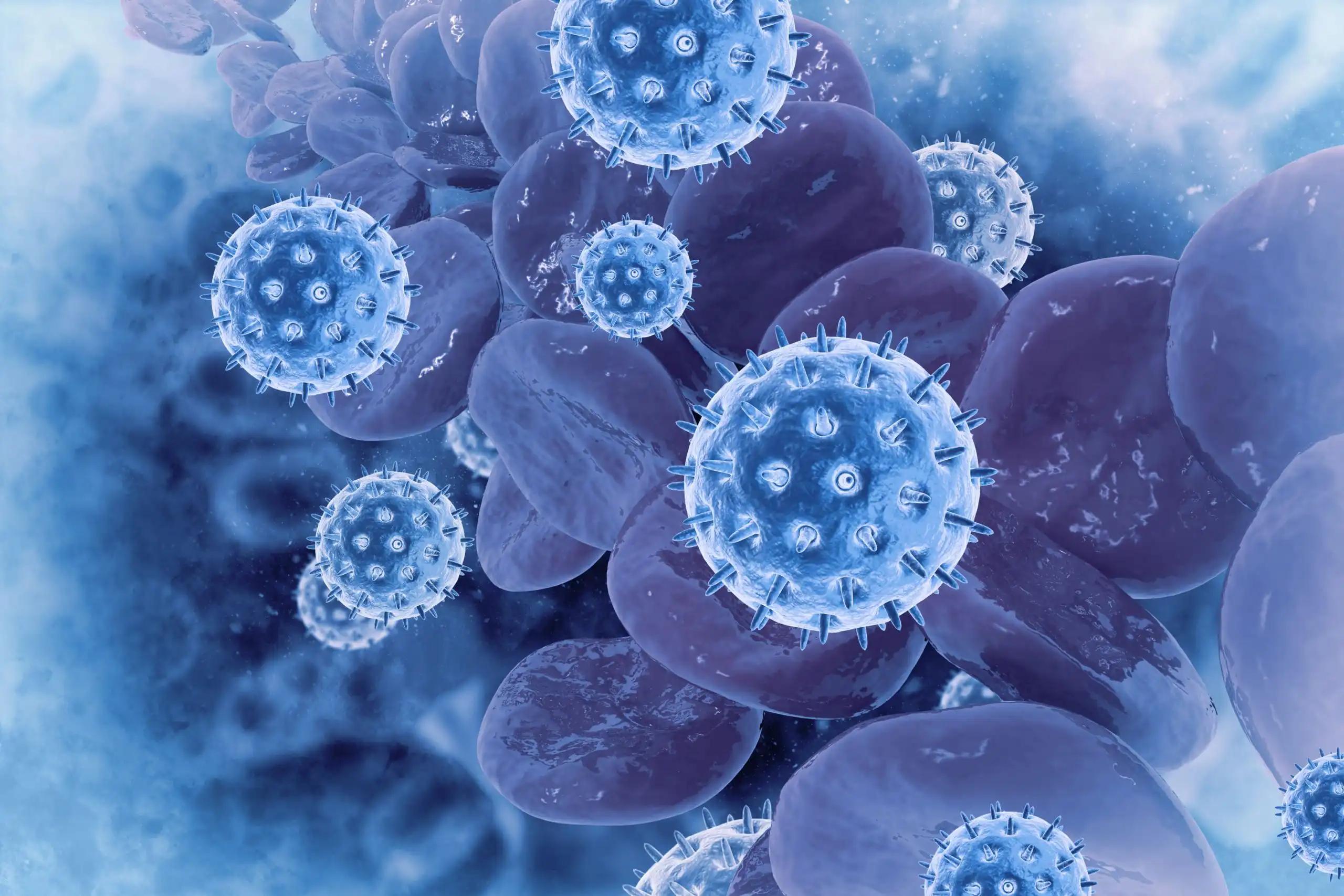KEY TAKEAWAYS
- The NATALEE phase III trial aimed to evaluate whether adding ribociclib to endocrine therapy improves recurrence-free survival in early HR+/HER2- breast cancer pts.
- The primary endpoint was to determine the iDFS—secondary endpoints, including OS, RFS, and distant DFS.
- The study found adding ribociclib to endocrine therapy improved recurrence-free survival in early HR+/HER2- breast cancer patients, including those with no nodal involvement.
Adding ribociclib (RIB) to endocrine therapy (ET) has significantly improved survival in both pre- and postmenopausal patients(pts) with hormone receptor-positive, HER2-negative metastatic breast cancer (BC).
Researchers aimed to evaluate whether adding ribociclib to endocrine therapy improves recurrence-free survival in early HR+/HER2- BC pts.
The study randomized men and pre- or postmenopausal women 1:1 to receive RIB (400 mg/day; 3 wk on/1 wk off for 3 y) + ET (letrozole 2.5 mg/day or anastrozole 1 mg/day, for ≥ 5 y) or ET alone. Men and premenopausal women also received goserelin. Eligible pts had an ECOG PS of 0-1 and BC anatomic stage IIA (either N0 with additional risk factors or 1-3 axillary lymph nodes [N1]), stage IIB, or stage III per AJCC (8th ed); prior (neo)adjuvant ET was allowed if initiated ≤ 12 mo before randomization. Stratification factors were menopausal status, disease stage, prior (neo)adjuvant chemotherapy, and geographic region. This prespecified interim analysis of iDFS, defined per STEEP criteria, was planned after ≈ 425 iDFS events (≈ 85% of planned total events). iDFS was evaluated by Kaplan-Meier methods, and statistical comparison was made by a stratified log-rank test with a protocol-defined Lan-DeMets (O’Brien-Fleming) stopping boundary of a 1-sided P < 0.0128 for superior efficacy.
About 5,101 pts were randomized (RIB+ET, n = 2,549; ET alone, n = 2,552). As of the data cutoff on January 11, 2023, the median follow-up was 34 months (minimum 21 months). Three- and two-year treatment with RIB was completed by 515 pts (20.2%) and 1,449 ps (56.8%). A total of 3,810 pts (74.7%) continued with the study treatment (RIB+ET, n = 1,984; ET alone, n = 1,826). In invasive disease-free survival (iDFS), it was assessed after 426 events (RIB + ET, n = 189; ET alone, n = 237). RIB + ET showed significantly longer iDFS than ET alone (HR, 0.748; 95% CI, 0.618-0.906; P = .0014), with 3-year iDFS rates of 90.4% vs. 87.1%. The iDFS benefit was consistent across various stratification factors and subgroups. Secondary endpoints, including overall survival, recurrence-free survival, and distant disease-free survival, consistently favored RIB. Additionally, at a 400 mg dose, RIB had a favorable safety profile with no new signals.
The study found adding ribociclib to endocrine therapy improved recurrence-free survival in early HR+/HER2- breast cancer pts, including those with no nodal involvement.
Source: https://ascopubs.org/doi/10.1200/JCO.2023.41.17_suppl.LBA500
Clinical Trial: https://classic.clinicaltrials.gov/ct2/show/NCT03701334
Dennis J. Slamon, Daniil Stroyakovskiy, Denise A. Yardley, Chiun-Sheng Huang, Peter A. Fasching, John Crown, Aditya Bardia, Stephen Chia, Seock-Ah Im, Miguel Martin, Sherene Loi, Binghe Xu, Sara A. Hurvitz, Carlos Barrios, Michael Untch, Rebecca L. Moroose, Fran Visco, Rodrigo Fresco, Tetiana Taran, and Gabriel N. Hortobagyi. DOI: 10.1200/JCO.2023.41.17_suppl.LBA500 Journal of Clinical Oncology 41, no. 17_suppl (June 10, 2023) LBA500-LBA500.



